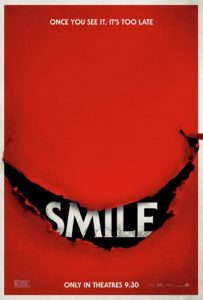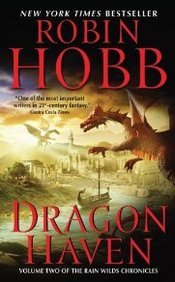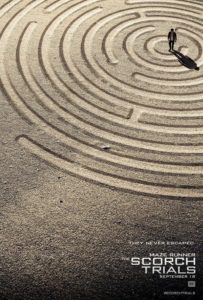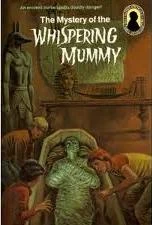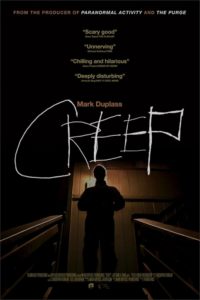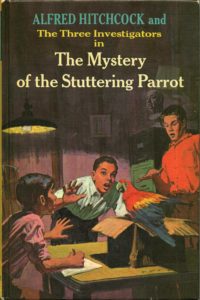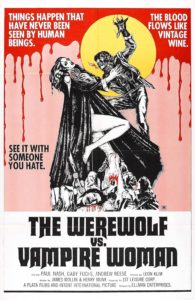 It’s so weird that I nearly watched a movie named Walpurgisnacht. I have some regrets, now, about how it was sold to the English-speaking world instead.
It’s so weird that I nearly watched a movie named Walpurgisnacht. I have some regrets, now, about how it was sold to the English-speaking world instead.
My horror podcasts’s requirements this time were 1970s as the setting and werewolf as the monster. Thusly, I have now watched The Werewolf vs. the Vampire Woman, which is…. well, honestly, it was very silly, is what it was. See, these chicks named Elvira and Genevieve are looking for the grave of a vampire countess, but they find a guy that we-the-audience just learned in the opening scene of the movie is a werewolf who was good and dead, until the coroner removed the silver bullets from his body. So now he’s back to living in a castle with his crazy and more than a little non-consensual lesbian-grabby sister, but it turns out he’s also looking for this vampire woman, because she’s supposed to have a silver cross that he wants, for reasons of his own[1].
Later, a sequence of events loosely based on Dracula plays out, and later still the werewolf and the vampire woman have a versus, if you know what I mean, and I think you would have if I hadn’t used this particular phrasing to describe whether you do. Honestly, it’s all very boring and I’m not sure I can figure out how the podcast people will fill an hour of air time on the topic.
There’s basically nothing to recommend here[2], unless you are a long time fan of the series of movies in which this werewolf character appears, and are also a completionist.
[1] I will never tire of that ambiguously-badguy phrase.
[2] I wonder how much of my disdain for the movie is based on it being 4×3 aspect ratio and unrestored. At a guess: more than zero, less than would be relevant to turn things around.

